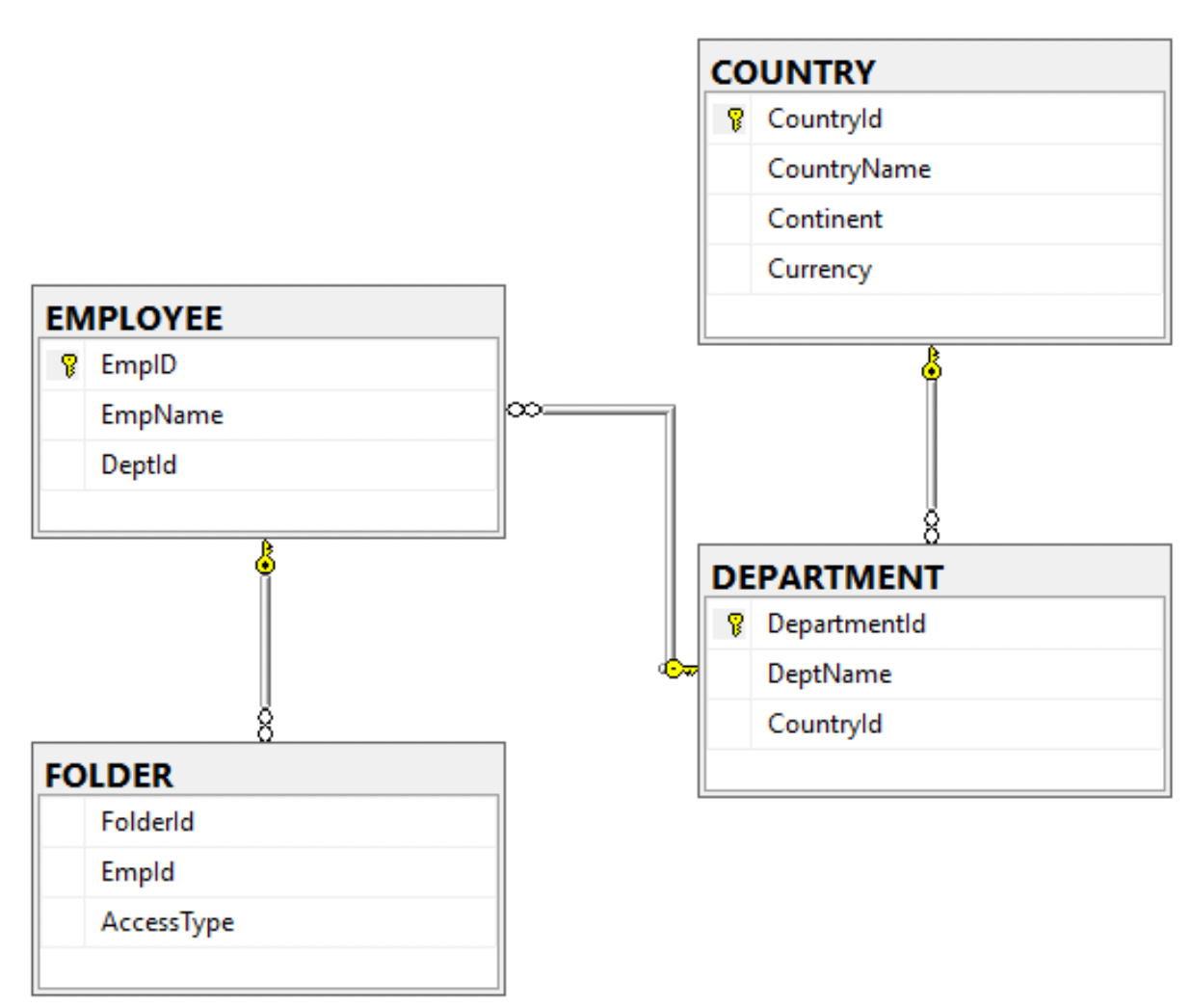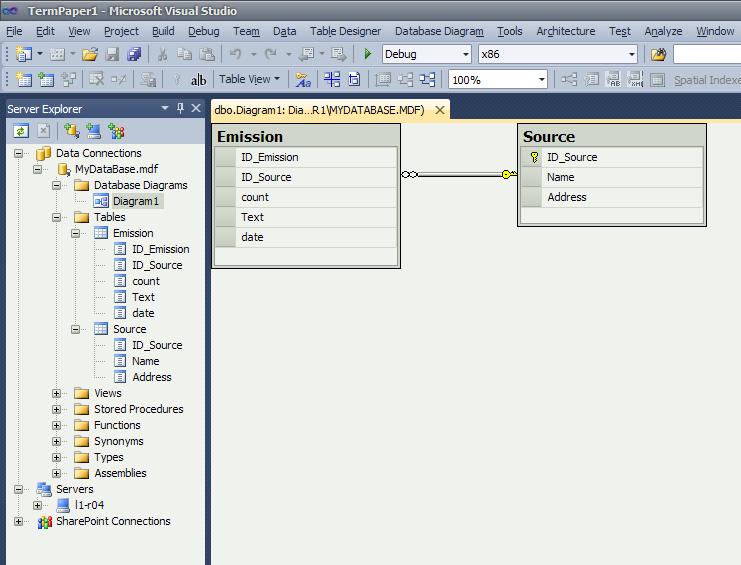
- #VIEW TABLE RELATIONSHIPS IN SQL SERVER MANAGEMENT STUDIO 17 PASSWORD#
- #VIEW TABLE RELATIONSHIPS IN SQL SERVER MANAGEMENT STUDIO 17 WINDOWS#
Although users can view their own server role membership and the principal ID of each member of the fixed server roles, keep in mind that viewing all server role membership requires additional permissions or membership in the securityadmin fixed server role. Since principals’ IDs are linked, you can get a summary of SQL Server user roles with a query by joining sys.server_principals with _role_members based on ID number. For example, server-level role membership info is stored in the server_role_members system view of the master database. While stored procedures can assist you in managing areas of the server, to build custom reports (for example, one that matches several tables by specific column names), you will have to use queries. To see database roles, however, you need to go to the database_principals system view, though at least they are typed in a similar way.

#VIEW TABLE RELATIONSHIPS IN SQL SERVER MANAGEMENT STUDIO 17 WINDOWS#
Server-level roles, as their name implies, grant access server-wide, similar to groups in the Windows world. Microsoft SQL Server provides roles to help database administrators manage permissions to structured data. ON rm.member_principal_id = m.principal_id SELECT r.name role_principal_name, m.name AS member_principal_name Click New Query and paste the following script into the query field:.Upon connection, select the Database youneed to query for user roles.Querying database roles in SQL Server for a user Review the list of server-level roles and principals (member names) in the query execution results:._principals m on m.principal_id = rm.member_principal_id _principals r on r.principal_id = rm.role_principal_id and r.type = 'R' Select r.name as Role, m.name as Principal Upon connection, click New Query and paste the following script into the query field:.
#VIEW TABLE RELATIONSHIPS IN SQL SERVER MANAGEMENT STUDIO 17 PASSWORD#
If you do not want to re-type the password every time you connect to the server, tick Remember password.

On the File menu, click Connect Object Explorer.



 0 kommentar(er)
0 kommentar(er)
